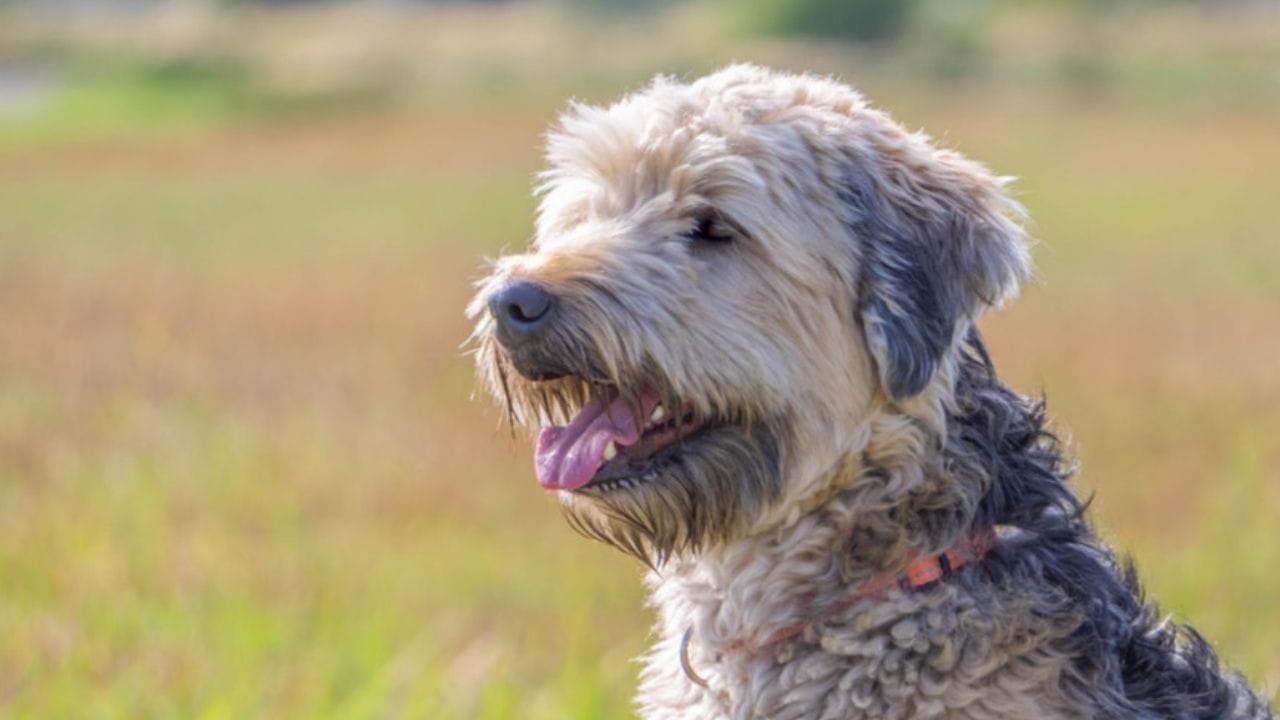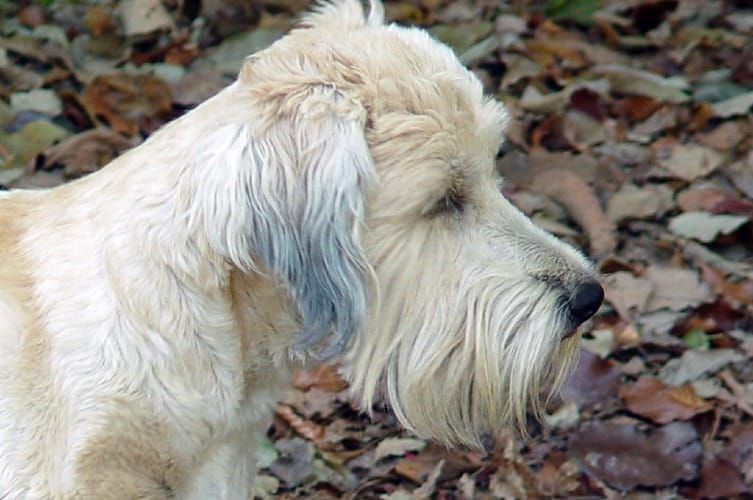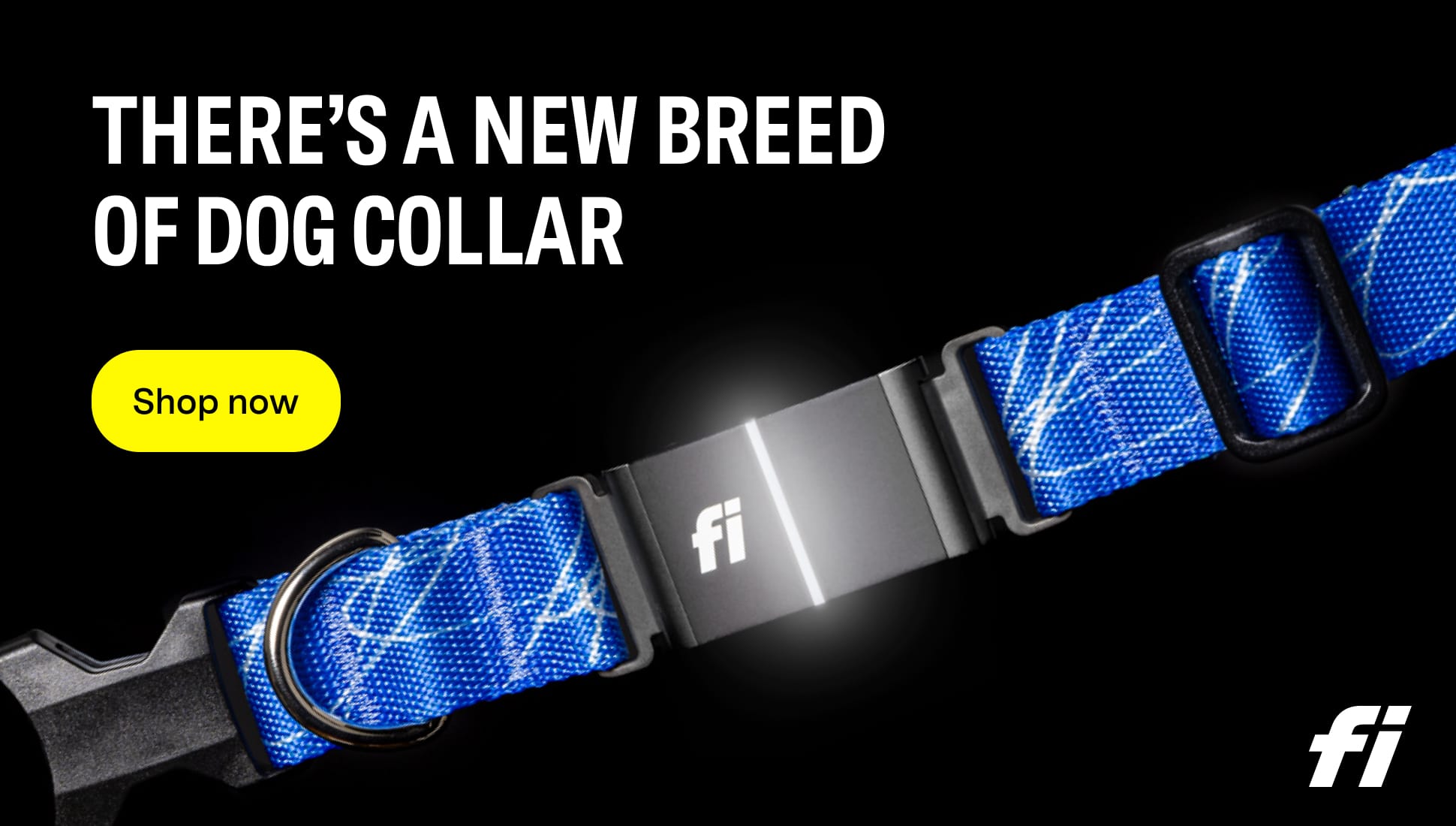Shedding is a natural process that occurs in almost all dogs. It is the way their bodies get rid of old or damaged hair and make way for new growth. Shedding can vary significantly from one breed to another, with some dogs shedding constantly throughout the year, while others shed seasonally. The amount and frequency of shedding depend on various factors, including genetics, health, and environmental conditions.

Dogs with a double coat, such as German Shepherds or Huskies, tend to shed more than those with a single coat, like soft coated wheaten terriers. During shedding, dogs typically lose more hair, and this can be more noticeable in certain breeds. It's important to understand that shedding is a natural process and cannot be completely eliminated. However, by understanding the shedding habits of specific breeds, you can make an informed decision about which dog is best suited for your lifestyle and preferences.
Do Soft Coated Wheaten Terriers shed?
Soft coated wheaten terriers are often referred to as a low-shedding breed, but they do shed to some extent. Unlike dogs with a double coat that shed in large quantities, soft coated wheaten terriers have a single coat, which helps reduce the amount of hair they shed. The primary reason soft coated wheaten terriers are considered low-shedding is because their loose hairs tend to get caught in their curly coat instead of falling all over your furniture. However, this doesn't mean that they won't leave any hair behind.
Regular grooming and brushing are essential to control shedding and prevent matting in their coat. It's important to note that the shedding habits of soft coated wheaten terriers can vary from dog to dog. Some may shed more than others, depending on factors such as genetics, health, and diet. However, compared to many other breeds, their shedding is relatively minimal and manageable.

Factors That May Affect Shedding in Soft Coated Wheaten Terriers:
While soft coated wheaten terriers are generally low-shedding, there are a few factors that may affect their shedding habits. Understanding these factors can help you manage shedding more effectively. Here are some key factors to consider:
1. Genetics
Genetics play a significant role in determining a dog's shedding habits. If a soft coated wheaten terrier comes from a lineage with heavy shedders, there is a higher chance that they may shed more.
2. Health
A dog's overall health can impact their shedding patterns. Dogs with underlying health issues or poor nutrition may experience excessive shedding. It is important to ensure that your soft coated wheaten terrier is in good health and receives a balanced diet.
3. Seasonal changes
Soft coated wheaten terriers may experience seasonal shedding during spring and fall. During these times, they might shed more as their coats adjust to the changing weather. Regular grooming can help manage shedding during these periods. By considering these factors and taking appropriate measures, you can minimize shedding and keep your soft coated wheaten terrier's coat healthy and beautiful.
Tips to Minimize Shedding in Soft Coated Wheaten Terriers:
While it's impossible to completely eliminate shedding in any dog breed, there are several tips and techniques you can follow to minimize shedding in soft coated wheaten terriers. Here are some helpful tips:
1. Regular grooming
Regular grooming is crucial to keep your soft coated wheaten terrier's coat healthy and prevent excessive shedding. Brush their coat at least once or twice a week to remove loose hairs and prevent matting.
2. Use the right tools
Invest in high-quality grooming tools specifically designed for soft coated wheaten terriers. A slicker brush and a comb with wide-spaced teeth are ideal for removing loose hairs without causing any discomfort to your dog.
3. Bathing and moisturizing
Regular bathing can help remove loose hairs and keep the coat clean. However, avoid over-bathing as it can strip the coat of its natural oils, leading to dryness and increased shedding. Use a moisturizing shampoo and conditioner to keep the coat healthy and hydrated.
4. Proper nutrition
A balanced diet with high-quality ingredients is essential for your soft coated wheaten terrier's overall health, including their coat. Ensure that their diet includes essential nutrients like omega-3 fatty acids, which promote healthy skin and coat.
5. Regular vet check-ups
Regular visits to the vet are essential to monitor your soft coated wheaten terrier's health and address any underlying issues that may contribute to excessive shedding. Your vet can provide guidance on the best grooming practices and recommend supplements if necessary. By following these tips, you can minimize shedding and maintain a healthy and beautiful coat for your soft coated wheaten terrier.

Grooming techniques for Soft Coated Wheaten Terriers:
Proper grooming is essential for soft coated wheaten terriers to keep their coat healthy, prevent matting, and minimize shedding. Here are some grooming techniques specifically tailored for soft coated wheaten terriers:
1. Brushing
Regular brushing is crucial for soft coated wheaten terriers. Use a slicker brush or a comb with wide-spaced teeth to gently remove loose hairs and prevent matting. Start from the roots and work your way to the ends of the fur, being careful not to pull or tug on the hair.
2. Trimming
Regular trimming is necessary to maintain the shape and length of your soft coated wheaten terrier's coat. It helps prevent the hair from becoming too long and matted, which can lead to increased shedding. Consider taking your dog to a professional groomer for regular trims.
3. Bathing
Soft coated wheaten terriers should be bathed regularly to keep their coat clean and remove loose hairs. Use a gentle shampoo specifically formulated for dogs and rinse thoroughly to avoid any residue that may cause itching or discomfort.
4. Drying
After bathing, make sure to dry your soft coated wheaten terrier thoroughly to prevent the coat from becoming damp, which can lead to matting. Use a towel or a blow dryer on a low heat setting, keeping a safe distance from your dog's skin.
5. Ear care
Soft coated wheaten terriers are prone to ear infections, so it's important to clean their ears regularly. Use a veterinarian-recommended ear cleaning solution and gently wipe the outer part of the ear with a cotton ball or a soft cloth. Remember to always approach grooming sessions with patience and gentleness. Make it a positive experience for your soft coated wheaten terrier by offering treats and praise. Regular grooming not only helps keep shedding under control but also strengthens the bond between you and your furry friend.
Best products for managing shedding in Soft Coated Wheaten Terriers:
To effectively manage shedding in soft coated wheaten terriers, it's important to use the right products. Here are some of the best products recommended for managing shedding:
1. Slicker brush
A high-quality slicker brush with fine, short bristles is ideal for removing loose hairs and preventing matting in the soft coated wheaten terrier's curly coat. Look for a brush with an ergonomic handle for comfortable grooming sessions.
2. Grooming comb
A grooming comb with wide-spaced teeth is essential for detangling the soft coated wheaten terrier's hair and removing any remaining loose hairs after brushing. Opt for a comb made of stainless steel for durability.
3. Moisturizing shampoo and conditioner
Choose a gentle, moisturizing shampoo and conditioner specifically formulated for dogs with sensitive skin. Look for products that contain natural ingredients like oatmeal or aloe vera to soothe the skin and promote a healthy coat.
4. Ear cleaning solution
Soft coated wheaten terriers are prone to ear infections, so it's important to use a veterinarian-recommended ear cleaning solution to keep their ears clean and free from any buildup that can contribute to shedding.
5. Supplements
Omega-3 fatty acid supplements can help promote a healthy coat and reduce shedding in soft coated wheaten terriers. Consult with your veterinarian to determine the appropriate dosage and brand for your dog. Before using any products on your soft coated wheaten terrier, it's important to read and follow the instructions provided. If you have any concerns or questions, consult with your veterinarian for personalized recommendations.

Common Misconceptions About Shedding in Soft Coated Wheaten Terriers:
There are several misconceptions surrounding shedding in soft coated wheaten terriers. Let's address some of the common misconceptions and provide accurate information:
1. Soft coated wheaten terriers don't shed at all
While soft coated wheaten terriers are considered low-shedding, they do shed to some extent. Their shedding is relatively minimal compared to other breeds, but they still require regular grooming to control shedding and prevent matting.
2. Soft coated wheaten terriers are hypoallergenic
Soft coated wheaten terriers are often mistakenly labeled as hypoallergenic. While they may be more suitable for individuals with allergies compared to heavy shedders, no dog breed is completely hypoallergenic. Allergies can vary from person to person, so it's important to spend time with a soft coated wheaten terrier before making a decision.
3. Soft coated wheaten terriers don't require any grooming
Soft coated wheaten terriers have a beautiful coat that requires regular grooming to keep it in optimal condition. Regular brushing, bathing, and trimming are necessary to prevent matting, maintain a healthy coat, and minimize shedding.
4. Soft coated wheaten terriers only shed during certain seasons
Soft coated wheaten terriers may experience seasonal shedding during spring and fall when their coats adjust to the changing weather. However, they may still shed to some extent throughout the year, albeit in smaller amounts. It's important to have accurate information about shedding in soft coated wheaten terriers to make an informed decision about owning one. By understanding their shedding habits and properly managing their coat, you can enjoy the companionship of this charming and low-shedding breed.
Other factors to Consider Before Adopting a Soft Coated Wheaten Terrier:
While shedding is an essential factor to consider when adopting a soft coated wheaten terrier, there are other aspects to take into account. Here are a few additional factors to consider before making the decision:
1. Exercise needs
Soft coated wheaten terriers are an active breed and require regular exercise to keep them mentally and physically stimulated. They enjoy activities like walks, playtime, and interactive toys. Make sure you can provide them with enough exercise to keep them happy and healthy.
2. Training and socialization
Soft coated wheaten terriers are intelligent dogs but can be stubborn at times. They require consistent training and early socialization to ensure they grow up to be well-behaved and sociable companions. Consider enrolling in puppy classes or working with a professional trainer.
3. Grooming commitment
Soft coated wheaten terriers have a high-maintenance coat that requires regular grooming. If you're not prepared to dedicate time and effort to grooming, including brushing, bathing, and occasional trims, this breed may not be the best fit for you.
4. Allergies
While soft coated wheaten terriers are generally more suitable for individuals with allergies compared to heavy shedders, it's important to spend time with the breed before making a decision. Allergies can vary from person to person, and it's best to ensure you're not allergic to soft coated wheaten terriers before bringing one into your home.
5. Lifestyle compatibility
Assess your lifestyle and ensure it aligns with the needs of a soft coated wheaten terrier. They thrive in homes where they receive ample attention, exercise, and mental stimulation. If you work long hours or travel frequently, consider whether you can provide the necessary care and companionship. By considering these factors alongside shedding, you can make an informed decision about whether a soft coated wheaten terrier is the right fit for your home and lifestyle.

Conclusion and Final Thoughts:
Soft coated wheaten terriers are a charming breed known for their beautiful coats and low-shedding tendencies. While they do shed to some extent, their shedding is relatively minimal compared to many other breeds. Their single coat and curly fur help trap loose hairs, making them more suitable for individuals with allergies or those who prefer a cleaner home. Regular grooming, including brushing and occasional trims, is essential to control shedding and prevent matting in soft coated wheaten terriers.
By following the right grooming techniques and using appropriate products, you can minimize shedding and keep their coat healthy and beautiful. It's important to have realistic expectations about shedding in soft coated wheaten terriers and understand that no dog breed is completely non-shedding. By considering shedding alongside other factors such as exercise needs, training requirements, and lifestyle compatibility, you can determine whether a soft coated wheaten terrier is the right fit for you.
If you're looking for a dog breed that sheds less but still has a beautiful coat, a soft coated wheaten terrier might be an excellent choice. With proper care, grooming, and attention, you can enjoy the companionship of this wonderful breed while keeping shedding under control.




